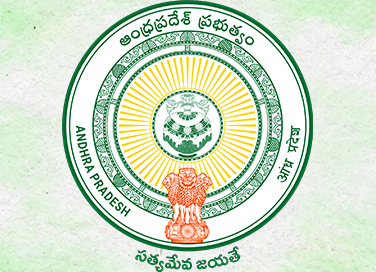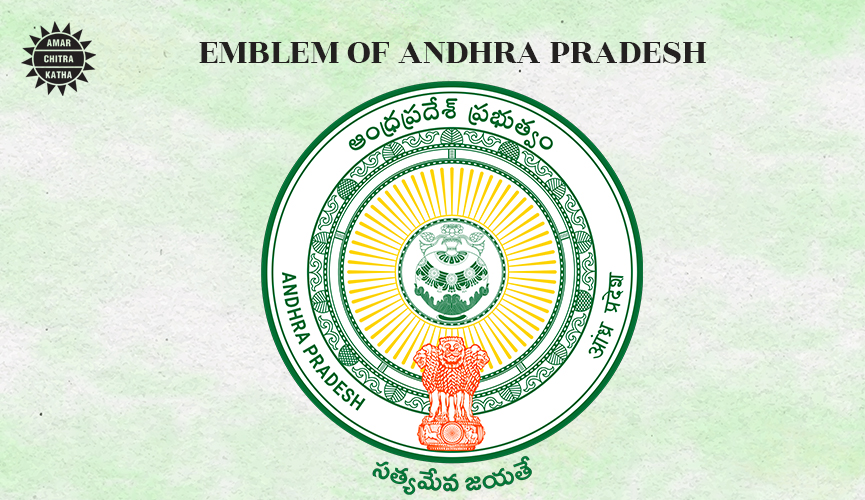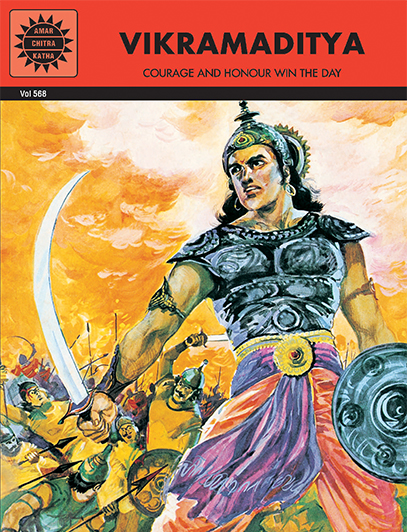The Story of Andhra Pradesh
- May 27, 2022


The Story of Andhra Pradesh
- May 27, 2022
By Srinidhi Murthy
Andhra Pradesh is the seventh-largest Indian state by area. The state is bordered by Tamil Nadu to the south, Chhattisgarh to the north, the Bay of Bengal to the east and Karnataka to the west. It has witnessed the reigns of many dynasties and many freedom fighters from the region sacrificed their lives for our nation.
The earliest mention of Andhra Pradesh was as a name of a tribe found in Sanskrit texts such as Aitareya Brahmana. The region was mentioned as Dakshinapatha and the people by the name Andhras. The other references were found in Indian epics such as Ramayana and Mahabharata. During his exile, Rama, with his wife Sita and brother Lakshmana, is said to have lived in the forest, situated in present-day Bhadrachalam, Telangana. In Mahabharata, Rukmini was the princess of the Vidarbha Kingdom. Vidharbha included the Deccan Plateau, parts of present-day Andhra Pradesh, Karnataka, Maharashtra and Madhya Pradesh. Megasthenese, who visited the court of Chandragupta Maurya (322–297), mentioned in his report that Andhras had 30 fortified towns near the Godavari river, 2,000 cavalries, 1,000 elephants and an army of 1,00,000 infantry.
To receive more such stories in your Inbox & WhatsApp, Please share your Email and Mobile number.

In the 12th and 13th centuries, Andhras witnessed the rise of the Kakatiya dynasty. The Kakatiya period was considered the golden era of the region. Ganapati Deva of the Kakatiya dynasty, who started his reign in 1199, was considered to be the greatest ruler of Kakatiyas. In 1210, he defeated the Velanati Cholas and forced them to accept his dominance. His daughter Rudhrama Devi succeeded him in 1262. She defended her kingdom against the Cholas and Seuna Yadavas dynasty. Her grandson Prataparudra expanded the kingdom west to Raichur (present-day district in Karnataka) and south to Ongole (present-day city in Prakasam district, Andhra Pradesh) and to Kanchipuram (present-day city in Tamil Nadu). Unfortunately, the decline of the Kakatiya dynasty began when they were defeated by the Delhi Sultanate in 1323.
After the fall of Kakatiyas, uncertainty prevailed over the region for some time. Several dynasties such as Musunuri Nayakas and the Reddi came and rose to power for the next three centuries. In 1687, Mughal emperor Aurangzeb annexed Golconda and appointed a Nizam (governor). The Mughal Nizams controlled the region for nearly 35 years. In 1707, following the death of Aurangazeb, the Mughal dynasty began to decline. The decline of the Mughal empire paved the way for the British East India Company and the French East India Company in India.
In 1753, Deccan subedar Asif ad-Dawlah Mir Ali Salabat Jang, surrendered Chicacole (present-day Srikakulam), Ellore and Rajahmundry, to the Marquis de Bussy-Castelnau, who later became the Governor-General of the French colony of Pondicherry. In 1758, the French and English fought at Chandurthi (present-day Gollaprolu town in East Godavari district). The French troops were defeated by the British in the battle. Following the French defeat, the Deccan subedar made a peace treaty with the British and gave them the Northern Circars (also spelt Sarkar, a Mughal term for the province ) in a firman. Firman was a royal mandate issued by a sovereign in an Islamic state. The Northern Circars consisted of the five regions of Chicacole (Srikakulam), Rajahmundry, Eluru, Guntur, and Kondapalli. The Nizams retained control of the interior provinces as a princely state by acknowledging British rule, in return for local autonomy.

The region was part of the nation’s fight to get freedom from the shackles of foreign rule. Prominent rebellions in the early 19th and 20th centuries were the revolts in Rayalaseema in 1800, by people who had refused to accept the British authority, and the No Tax campaign in the villages of Cherala and Perala in 1919. In 1920, Non-Cooperation Movement was welcomed and had huge support in Andhra Pradesh due to the leaders like Konda Venkatappayya (1866-1948), Ayyadevara Kaleswara Rao (1882-1962), Tanguturi Prakasam (1872-1957), and Pattabhi Sitaramayya (1880-1959). Alluri Seetharama Raju (1897-1924), a freedom fighter, carried out his Rampa Rebellion, a tribal uprising, between the years 1921-1924, against the British Government. He also fought with his followers in Guerrilla warfare to overthrow the rule of the British from the Eastern Ghats region of India.
India became independent from the rule of the British Empire in 1947. Though the Nizam of Hyderabad showed his resistance initially, he later surrendered his state to India in 1948. In 1953, Andhra State was separated from the Madras Presidency and became the first state in India to be formed on a linguistic basis. In 1956, Andhra State was merged with Hyderabad State to form the new state, Andhra Pradesh. In 2014, Andhra Pradesh was reorganised again to form a separate state of Telangana. Currently, the state ranks 27th among Indian states in the Human Development Index (HDI) and has the nation’s 17th highest Gross State Domestic Product (GSDP) per capita.
Andhra Pradesh has many tourist sites including beaches, hills and caves that can be explored. Visakhapatnam has the Borra caves, Arasavalli temple, Submarine Museum and the Bheemunipatnam Beach which can be visited. Tirupati is famous for the Tirumala Venkateswara Swamy Temple and Chandragiri fort. Amaravati in Guntur District, has some great architectural sites to explore such as the Dhyan Buddha statue and Amareswara (Siva) temple. Srisailam Dam, Akka Mahadevi Caves and Sri Mallikarjuna Swamy Temple are some of the popular tourist destinations in Srisailam. Vijayawada is popular for having the largest railway junction in South India and the city is known for its mangoes and beautiful spring season. Kondapalli Fort, Mogalarajapuram Caves and St. Mary’s Church are some of the popular tourist destinations in Vijayawada.
To receive more such stories in your Inbox & WhatsApp, Please share your Email and Mobile number.

Comic of The Month
Vikramaditya
A jealous brother robbed him of his kingdom, his own courage won it back. Chandragupta Vikramaditya has a special place in history because he proved that the love of power is not all that is needed to create an empire. Also required is the love of a wise woman and good, old-fashioned honor.